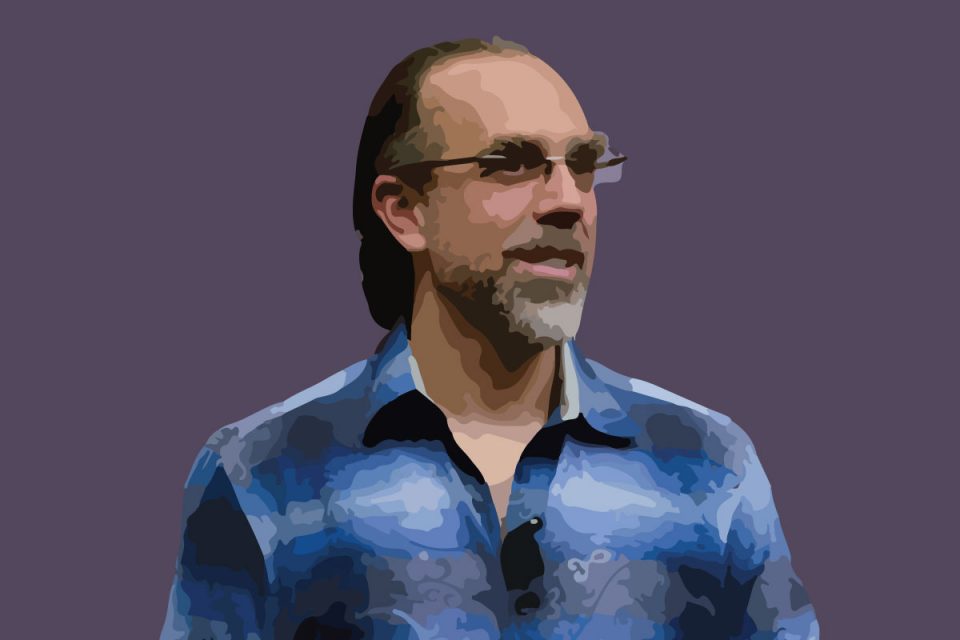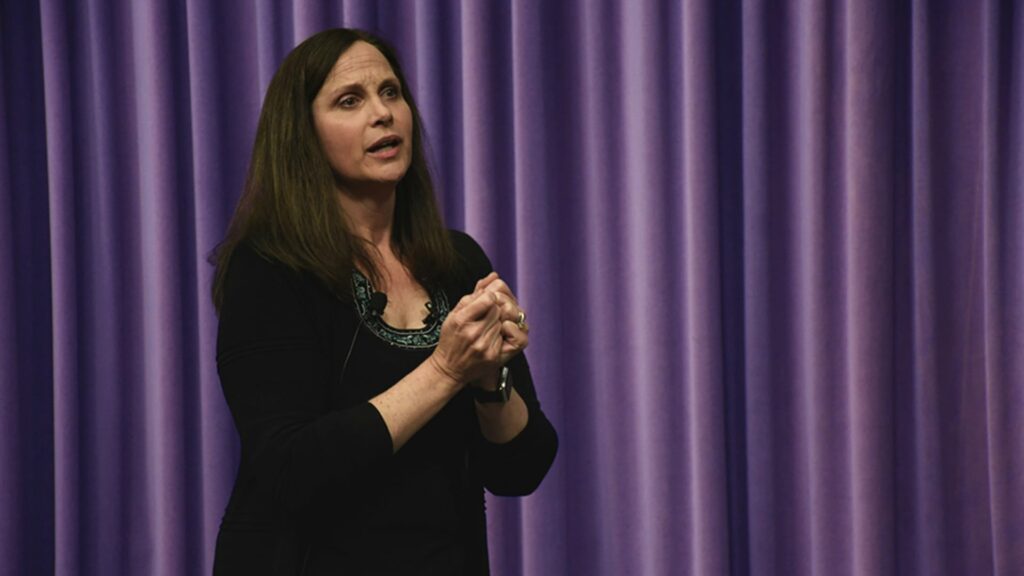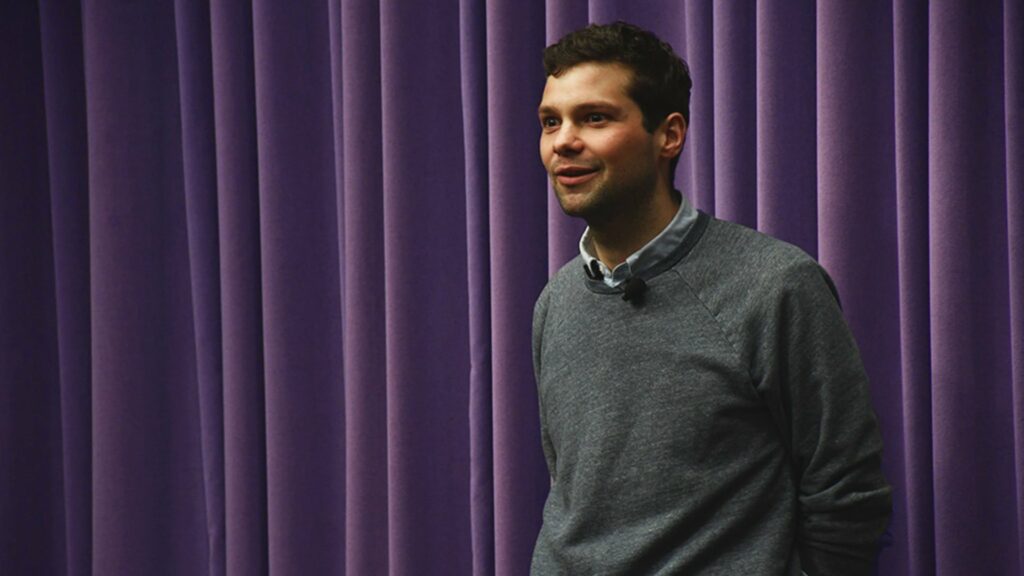
In the era of the entrepreneur, clever ideas can seem like a dime a dozen. But it’s the committed willingness to act on an idea that turns an epiphany into something much more than an ephemeral intention. To illustrate this, we present insights from the Entrepreneurial Thought Leaders (ETL) Seminar, featuring recent speakers sharing different but equally poignant perspectives on the value and mechanics of taking action.
One of the most notable hotbeds for technological leaps is Alphabet, and in particular, X, its well-known “moonshot factory.” From balloon-enabled Internet to self-driving cars, the division has earned a reputation for conceiving some of the most audacious ideas for improving our lives through technology and seeing them through – at least to the prototype phase.
Astro Teller, “captain of moonshots” at X, spoke a little of the lab’s secret sauce at his ETL talk, saying that its success starts with a culture that sounds contrary to its mission: While crazy ideas are encouraged and celebrated, they are immediately scrutinized for flaws in feasibility. Calling himself a “culture engineer,” Teller emphasizes the importance of fostering workplace norms that encourage the sharing of big ideas, and of creating a space where people feel safe knowing no limits will be imposed on the imagination. Teller notes that adults often feel they have lost their sense of creativity and miss out because of it. The rate-limiting step to innovation, as he sees it, is that we don’t put all our ideas out on the table because of our self-defeating doubts.
Now, once you’ve gotten all those great ideas out in the open and have identified the one with the most potential, it’s time to execute. And while there are many ways to move forward, there’s a tried-and-true formula that works for most teams – whether they are in large corporations or small startups. It’s called product management, and below, entrepreneur Minnie Ingersoll describes its three phases from her time at Google, where she led efforts to create Google Fiber, deploy a citywide WiFi network and improve Google AdWords – all non-trivial tasks for sure. Now the co-founder and chief operating officer of the online used-car marketplace Shift, Ingersoll describes the three phases as 1) defining the vision, 2) deciding what product to build, and 3) execution.
The first phase involves getting to know who you’re building for and what problem you’re solving. After all, what good is a solution if you haven’t taken the time to put yourself in the shoes of the user? The latter two phases are setting up a product roadmap and, perhaps most importantly, holding yourself and your team accountable to the product milestones you established. This is where relentless execution on the vision you crafted in the first step of the process separates the ideas that come to fruition from those that don’t.
But imagine a circumstance where, after much debate and deliberation, your team decides to move forward with an idea you vehemently disagree with. What then? After all, we’re proud of our ideas and often find it difficult to set them aside. According to Bob Sutton, organizational-behavior expert and professor in Stanford’s Department of Management Science & Engineering, that’s precisely when we should forego ego and give 100 percent. Citing the wisdom of late Intel co-founder Andy Grove, Sutton says that by fully committing to the project you initially resisted, you’ll know that, if it fails, the flaw was in the idea itself and not in the execution.
To have a good idea without the ability or drive to bring it to life is like having a dinner table without sturdy legs: It’s nothing more than an illusion of having something valuable. This is not to diminish the value of a good idea, which is half the battle in and of itself. But to discover an opportunity worth pursuing and follow through with committed and thoughtful execution, bolstered by strong team alignment, is the very essence of entrepreneurship.







